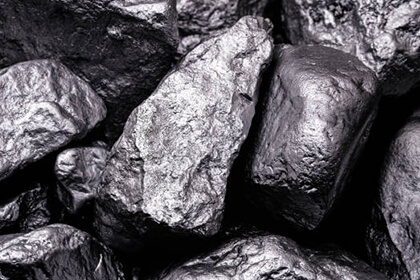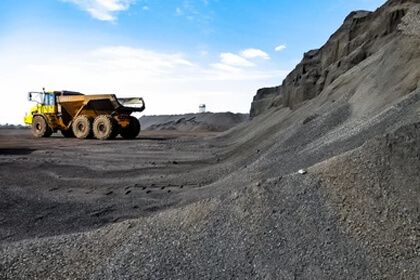What are the Methods of Manganese Processing?
 Shirley
Shirley
 Nov 27, 2023
Nov 27, 2023
 3538
3538
If you want to know more details about equipment, solutions, etc, please click the button below for free consultation, or leave your requirements!

Manganese, a vital industrial metal, plays a crucial role in various sectors, including steel production, batteries, chemical manufacturing, and more. To harness the full potential of manganese and meet the ever-growing demand, efficient processing methods are essential. In this article, we delve into the diverse methods employed in manganese processing, highlighting their significance and benefits in delivering superior quality products.
01Ore Mining and Extraction
BackThe journey of manganese processing begins with ore mining and extraction. Manganese ores are typically found in abundance and occur in various forms, including pyrolusite, psilomelane, and rhodochrosite. Open-pit or underground mining techniques are employed to extract manganese ore, which is then transported to processing facilities.
02Beneficiation
BackBeneficiation is a crucial step in manganese processing, aimed at improving the ore's quality and reducing impurities. Various techniques such as gravity separation, magnetic separation, and froth flotation are utilized to concentrate the manganese ore. Beneficiation enhances the manganese content, making it suitable for downstream processing.

03Roasting and Reduction
BackRoasting and reduction processes are commonly employed to convert manganese ores into more desirable forms. These processes involve heating the ore at high temperatures to drive off impurities and reduce the manganese oxide to metallic manganese. This transformation is essential for subsequent processing and alloy production.
04Electrolytic Manganese Production
BackElectrolytic manganese production is a widely used method to obtain high-purity manganese metal. In this process, purified manganese sulfate solution is subjected to electrolysis, resulting in the deposition of pure manganese metal on cathodes. Electrolytic manganese exhibits excellent quality and is utilized in steelmaking, chemical synthesis, and battery production.

05Ferromanganese and Silicomanganese Production
BackFerromanganese and silicomanganese are widely used manganese alloys that enhance the properties of steel. Ferromanganese, produced by smelting a mixture of manganese ore, coke, and iron ore in a blast furnace, imparts desirable characteristics such as hardness and wear resistance to steel. Silicomanganese, on the other hand, is produced by smelting manganese ore, quartz, and iron in an electric arc furnace, and it provides steel with increased strength and oxidation resistance.
06Hydrometallurgical Processes
BackHydrometallurgical processes offer an alternative route for manganese processing, particularly for low-grade ores or complex mineral compositions. Techniques such as leaching, solvent extraction, and precipitation are employed to dissolve and recover manganese from the ore. These processes are environmentally friendly and offer flexibility in dealing with different types of manganese deposits.
07Conclusion
BackManganese processing encompasses a range of methods that transform raw manganese ore into valuable products with diverse applications. From ore mining and beneficiation to electrolytic production and alloy manufacturing, each step contributes to the production of superior quality manganese. By employing these methods, industries can harness the unique properties of manganese to drive innovation and meet the evolving demands of various sectors. As technology advances, further advancements in manganese processing techniques are on the horizon, promising even more efficient and sustainable production methods for this essential metal. Click to know how to build a manganese processing plant.
 +86 18234403483
+86 18234403483 yanzhang19990421@gmail.com
yanzhang19990421@gmail.com




 Message
Message Chat Now
Chat Now


















